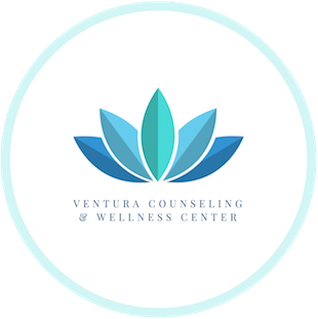Does it ever feel like your head is spinning? Like you start going down a negative thought path and you can’t pull yourself out? Or like your mind is going a million miles an hour, and you feel bad but can’t quite sort out why? If these situations sound familiar, you would probably benefit from cognitive restructuring.
Cognitive restructuring is a tool that allows you to slow down your thoughts and identify the ones that are causing you to feel less than your best. Then, it gives you the means to shift that thought pattern. In other words, it’s a resource you can use to break negative thought cycles.
The basics of cognitive restructuring
At its core, cognitive restructuring focuses on identifying harmfully inaccurate thought patterns. We call these thoughts cognitive distortions.
You might tend to catastrophize, for example, meaning you always envision the worst-case scenario. With this tool to restructure your thinking, you start to pick apart your catastrophization, identifying just how unlikely those scenarios are — and potentially how they wouldn’t be as bad as you imagine.
Or, similarly, you might tend to take most things personally, assuming that other peoples’ words and actions center on you. This could lead you to assume that someone not responding to a text is a personal slight aimed at hurting you, when in fact that person was simply in a meeting or their phone died.
In short, cognitive restructuring invites you to identify the thought patterns that are unhealthy and unproductive. Then, it gives you tools to start reshaping your thinking.
An exercise in restructuring your thinking
If you want to get started with this tool, the American Psychological Association (APA) provides guidance for this process through a five-step exercise. Here is a breakdown of those steps:
- First, write down the situation that’s bothering you. Try to capture it as succinctly as possible. One sentence is ideal.
- Second, identify and write down the most troublesome feeling in that situation. You probably feel quite a few things about it, but use this exercise to pick out the main feeling that’s upsetting you.
- Third, write out a few thoughts about that feeling. If the feeling is shame, for example, you might write out what you think you did that’s bad and how you think others will perceive you because of it. If the feeling is anger, you might write about what you think was unfair or wrong. Keep revisiting that core feeling you wrote down in step two, allowing yourself to acknowledge anything it makes you feel.
- Next, try to evaluate each feeling you wrong down objectively. This can be tricky, so it might be helpful to take some time between steps 3 and 4. When you’re feeling as calm and centered as possible, look at the feelings you wrote down. Are they true? Does evidence support them? Would other people say the same thing about the situation, or about you?
- In this final step, you make a decision about each thought. Is it accurate? What evidence is there that can invalidate this thought? And — more importantly — are you going to continue to let it influence your life? If not, how can you replace it with a different, more accurate and helpful thought?
Note that you don’t always have to decide the thought is false or not one you want to continue to carry. You might evaluate all the evidence and decide the thought is true and fair. In that case, you may want to develop a plan to manage any negative emotions that surround that thought. (A therapist can help here.)
In many cases, though, cognitive restructuring allows you to identify how a negative thought isn’t one that should apply to your life moving forward. Acknowledging what’s untrue or imbalanced about the thought helps you shift away from thinking it regularly.
This is just one cognitive restructure exercise, but it gives you a feel for how this tool helps you evaluate your thought patterns — and potentially use logic and evidence from the world around you to break unhealthy ones.
If you want to learn more about cognitive restructure or explore other exercises that use this tool, talk with a therapist. Our team is ready and waiting to help you at the Ventura Counseling & Wellness Center in Ventura or the West Valley Counseling Center in Tarzana. Get in touch today.




